The aroma of freshly harvested garlic is enough to make any food lover swoon. But for those in the business of bringing this culinary essential to tables around the world, importing garlic for wholesale distribution is a multifaceted endeavor, a delicate dance of logistics, regulations, and market savvy. Whether you’re a seasoned importer looking to expand your garlic empire or an aspiring entrepreneur eager to tap into this pungent market, this comprehensive guide will equip you with the knowledge to navigate the intricacies of garlic importation.
1. Sourcing Your Garlic: A World of Options Awaits
The first step in your garlic importing journey is sourcing high-quality garlic from reputable suppliers around the globe. Building strong relationships with your suppliers is crucial, ensuring consistent quality, ethical sourcing practices, and reliable communication. Here’s a deeper look into some of the leading garlic-producing regions and what makes them stand out:
- China: The Garlic Colossus China’s dominance in the global garlic market is undeniable. Its vast production capacity, competitive pricing, and ability to supply various garlic types, from standard white garlic to specialty varieties like solo garlic and black garlic, make it an attractive source for importers worldwide. However, navigating the vast network of Chinese suppliers requires diligence. Thorough due diligence, including verifying certifications, conducting supplier audits, and establishing clear quality expectations, is essential for ensuring a successful partnership.
- Spain: Where Flavor Reigns Supreme Spain, particularly the Castile-La Mancha region, holds a special place in the hearts of garlic connoisseurs. Spanish garlic, often characterized by its purple stripes and robust flavor, is prized for its larger clove size and exceptional quality. It’s a favorite among chefs and discerning consumers who prioritize taste and are willing to pay a premium. When sourcing from Spain, understanding the nuances of different Spanish garlic varieties, such as the renowned “Purple of Las Pedroñeras,” can give you an edge in the market.
- Argentina: Bridging the Americas Argentina has emerged as a significant garlic supplier, particularly for the Americas. Its strategic location allows for shorter shipping times and potentially lower transportation costs compared to sourcing from other continents. Argentine garlic is known for its white varieties, often favored for their versatility in various cuisines. Building relationships with Argentine suppliers can provide a reliable source of high-quality garlic for importers looking to serve the North and South American markets.
- Beyond the Big Three: Exploring Niche Garlic Origins The world of garlic is vast and diverse, offering a plethora of flavors and sourcing options beyond the major players. India, with its unique pungent garlic varieties favored in Southeast Asian and Indian cuisines, presents an opportunity for importers seeking to cater to specific ethnic markets. Mexico, known for its early-season garlic, can provide a valuable supply during times when other regions are between harvests. Even the United States, with its smaller but growing organic garlic sector, offers opportunities for importers seeking domestically-grown, sustainably-produced garlic.
2. Navigating the Regulatory Landscape: Ensuring Smooth Sailing
Importing garlic, like any agricultural product, involves adhering to a complex web of regulations and standards designed to protect consumer health, ensure fair trade practices, and safeguard a country’s agricultural integrity. Here’s a closer look at key regulatory considerations:
- Import Permits and Licenses: Your Gateway to Trade Before you can even think about bringing garlic into your country, you’ll need to navigate the world of import permits and licenses. These are not mere formalities; they are legal requirements that vary depending on your country’s regulations, the origin of the garlic, and the volume you intend to import. Consulting with your local customs authority or enlisting the expertise of a licensed customs broker is highly recommended. They can guide you through the specific requirements, ensuring you have the necessary paperwork in order before your garlic shipment sets sail.
- Phytosanitary Certificates: Safeguarding Agricultural Health Imagine a world where a single shipment of contaminated produce could introduce a devastating pest or disease, wreaking havoc on a nation’s crops. That’s where phytosanitary certificates come in. These certificates, issued by the exporting country’s plant health authority, act as a passport for your garlic, verifying that it has undergone rigorous inspections and is free from harmful organisms. Obtaining and carefully verifying these certificates is non-negotiable, protecting both your business reputation and the agricultural health of your nation.
- Food Safety Standards: From Farm to Fork In an era of heightened awareness about food safety, consumers expect, and deserve, assurance that the food they consume is safe. Importing garlic comes with the responsibility of adhering to stringent food safety standards. These standards encompass a wide range of factors, including permissible levels of pesticide residues, labeling requirements that provide clear and accurate information to consumers, and any specific regulations related to garlic importation and handling. Staying informed about these standards and implementing robust quality control measures throughout your supply chain is essential for maintaining consumer trust and protecting your brand’s reputation.
- Tariff Classifications and Duties: The Price of Global Trade Importing goods from other countries often comes with a price tag beyond the purchase price – tariffs. Garlic is assigned specific tariff classifications, which determine the import duties you’ll need to pay. These classifications and duties can be surprisingly specific, varying based on factors like the country of origin, whether the garlic is fresh or processed, and even the type of garlic (e.g., peeled garlic might have a different tariff than whole garlic bulbs). Understanding these classifications and calculating the applicable duties accurately is crucial for managing your import costs and setting competitive pricing for your garlic.
3. Logistics and Transportation: The Journey from Farm to Warehouse
The journey from a garlic field halfway around the world to your warehouse is a logistical ballet, requiring careful coordination, attention to detail, and an understanding of the delicate balance between speed, cost, and preserving the quality of your precious cargo.
- Choosing the Right Transportation Mode: A Balancing Act Selecting the optimal transportation method for your garlic is akin to choosing the right dance partner – it needs to be a good fit for your specific needs and style.
- Sea Freight: The Economic Workhorse: For importers moving large volumes of garlic, sea freight often emerges as the most cost-effective option. However, it’s a slower dance, requiring patience and careful planning to accommodate the longer transit times.
- Air Freight: The Swift Waltz: When time is of the essence, such as when importing fresh garlic to meet a surge in market demand or capitalize on a narrow window of opportunity, air freight takes center stage. It’s the fastest way to transport your garlic, but like a fleeting dance, it comes at a higher cost.
- Truck Transport: The Regional Two-Step: For importers sourcing garlic from neighboring countries or within a continent, truck transport offers a practical and potentially more agile option. It can provide greater flexibility in terms of routing and delivery schedules compared to sea freight and may even be faster for shorter distances.
- Temperature Control and Packaging: Preserving the Essence of Garlic Garlic, especially fresh garlic, is a delicate flower, and maintaining its quality during transit is paramount.
- Refrigerated Containers: The Climate-Controlled Ballroom: For longer journeys, especially across oceans and through varying climates, refrigerated containers are essential. These containers act like climate-controlled ballrooms, maintaining the optimal temperature and humidity levels to slow down spoilage and preserve the freshness of your garlic.
- Proper Ventilation: Letting Your Garlic Breathe: Even within the confines of a shipping container, garlic needs to breathe. Ensuring adequate ventilation within containers or packaging is crucial for preventing the buildup of moisture, which can lead to mold growth and spoilage. Think of it as giving your garlic some breathing room to stay fresh throughout its journey.
- Protective Packaging: Shielding from the Bumps in the Road: The journey from farm to warehouse can be bumpy, literally. Using sturdy boxes, crates, or mesh bags designed for produce transport helps protect your garlic bulbs from bruising, crushing, or other damage during handling and transportation.
- Insurance and Risk Management: Protecting Your Investment In the intricate choreography of international shipping, unforeseen events can occur – delays, rough handling, temperature fluctuations, or even unforeseen circumstances like accidents or natural disasters. Obtaining cargo insurance is a crucial step in managing these risks. It provides financial protection for your valuable garlic shipment, offering peace of mind in case the unexpected occurs.
4. Quality Control: Maintaining the Garlic Standard
Delivering high-quality garlic to your wholesale customers is not just good business practice; it’s the foundation of your reputation and the key to building lasting relationships in the competitive world of food distribution.
- Pre-Shipment Inspections: Eyes on the Prize Before you finalize your garlic purchase and commit to a shipment, pre-shipment inspections are your most valuable tool. This is your chance to be proactive, ensuring the garlic you’re receiving meets your quality standards and specifications. Working with a reputable third-party inspection company or sending your own representative to the supplier’s facility allows you to verify crucial factors like the size, appearance, and condition of the garlic bulbs, as well as check for any signs of disease or damage.
- Sampling and Testing: Ensuring What You See Is What You Get Once your garlic shipment arrives at your warehouse, the quality control process continues. Taking random samples from different pallets or containers within the shipment and conducting thorough quality checks is essential. This includes a visual inspection for any signs of damage, spoilage, pests, or diseases that may have occurred during transit. Depending on your market and regulatory requirements, testing for pesticide residues or other contaminants may also be necessary to ensure compliance with food safety standards.
- Proper Storage: Creating a Garlic Sanctuary Congratulations, your garlic has passed all inspections and is deemed fit for distribution! But the journey’s not over yet. Proper storage is crucial for maintaining the quality and extending the shelf life of your garlic, minimizing losses, and ensuring you can deliver a fresh, flavorful product to your customers. Garlic should be stored in a cool, dry, and well-ventilated area, away from direct sunlight and sources of heat or humidity. Think of it as creating a sanctuary for your garlic, where it can rest and retain its pungent glory.
5. Market Analysis and Pricing Strategies: Finding Your Niche
The world of garlic, while fragrant and flavorful, is not immune to the forces of supply and demand, market trends, and the constant need to adapt pricing strategies to remain competitive.
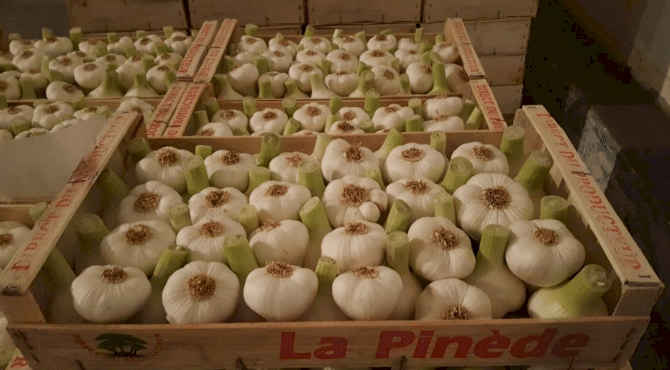
- Factors Influencing Garlic Prices: The Garlic Market Dance Understanding the factors that influence garlic prices is akin to deciphering the steps of a complex dance – it’s a dynamic interplay of global forces and local market nuances.FactorImpact on PriceGlobal Supply and DemandThis is the fundamental rhythm of any commodity market, and garlic is no exception. A bumper crop in China can send ripples through the global market, driving prices down, while a drought in Spain can lead to scarcity and price spikes.Garlic VarietyJust like different dance styles command different levels of prestige or popularity, different garlic varieties have varying levels of demand and price points. Specialty garlic, like black garlic or elephant garlic, often commands premium prices due to their unique flavors or limited availability.Quality GradeIn the world of garlic, size matters, as does appearance. Garlic is often graded based on the size of the bulbs, the uniformity of the cloves, and the presence of any blemishes or imperfections. Higher-grade garlic, with its promise of superior quality and visual appeal, typically fetches higher prices.SeasonalityGarlic, like many agricultural products, follows the rhythm of the seasons. Prices tend to be lower during peak harvest seasons when supply is abundant and higher during the lean months when garlic is less readily available.Transportation CostsThe cost of shipping garlic around the world, whether by sea, air, or land, is influenced by a myriad of factors, including fuel prices, shipping routes, and even geopolitical events. Fluctuations in transportation costs can significantly impact the final price of imported garlic.
- Pricing Your Garlic: Finding Your Rhythm in the Market Setting the right price for your imported garlic is crucial for attracting buyers, ensuring profitability, and establishing your position in the market.
- Cost-Plus Pricing: The Fundamentals: This straightforward approach involves calculating your total import costs – the purchase price of the garlic, transportation expenses, import duties, insurance, and any other overhead costs associated with getting the garlic to your warehouse – and then adding a markup to determine your selling price. It ensures you’re covering your costs and making a profit, but it may not always be the most competitive approach.
- Competitive Pricing: Keeping Pace with the Market: To stay ahead in the garlic game, you need to know your competition. Research the prevailing wholesale garlic prices in your target market, considering factors like garlic variety, quality, and volume. Setting your prices competitively while ensuring a reasonable profit margin is essential for attracting buyers in a price-sensitive market.
- Value-Based Pricing: Highlighting Your Unique Steps: If you’re offering something special – perhaps a rare garlic variety, certified organic garlic, or value-added garlic products like peeled garlic or black garlic – you can consider a value-based pricing strategy. This approach emphasizes the unique qualities or benefits of your garlic, allowing you to command premium prices based on the value you’re delivering to discerning buyers.
Why Choose CAIE for Your Wholesale Garlic Needs?
As a leading supplier of high-quality garlic from Shandong Province, China – the world’s largest garlic-producing region – CAIE offers food processors a unique combination of advantages:
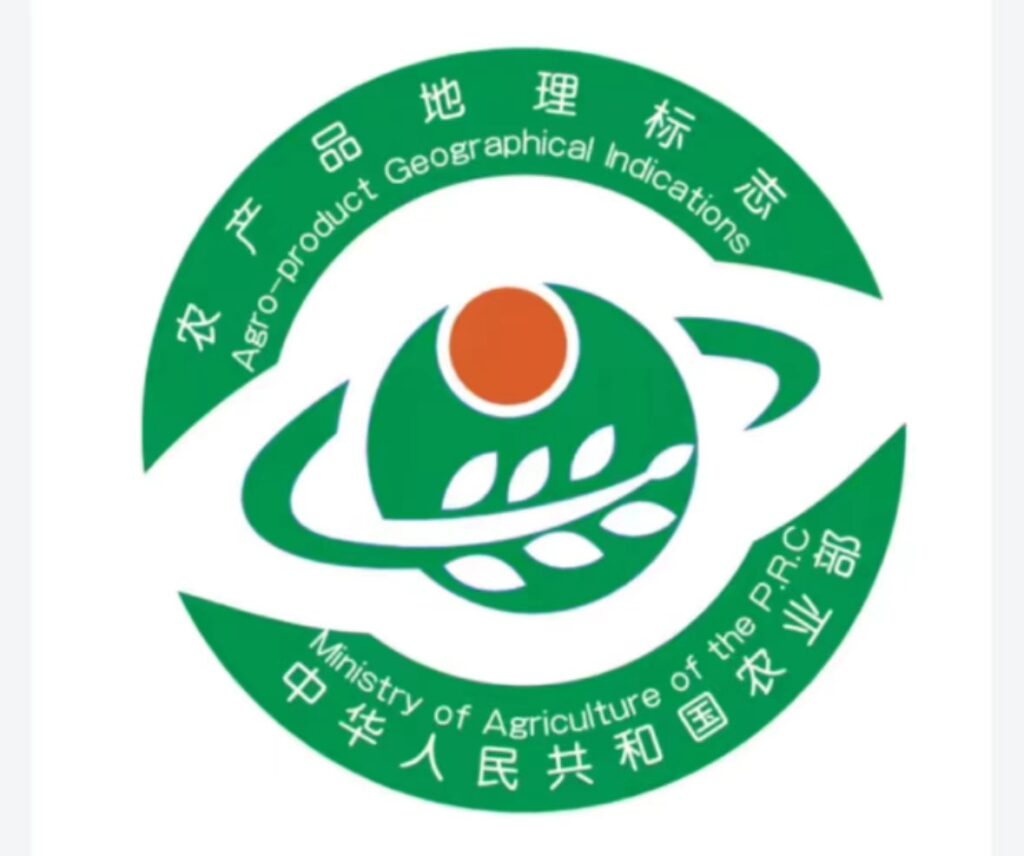

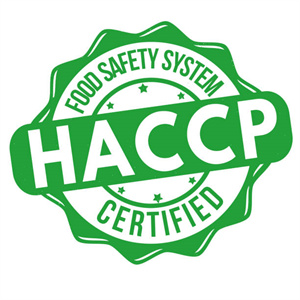
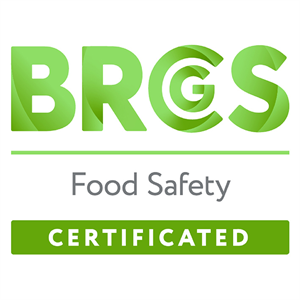
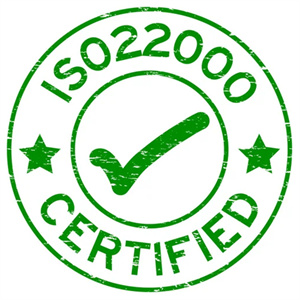
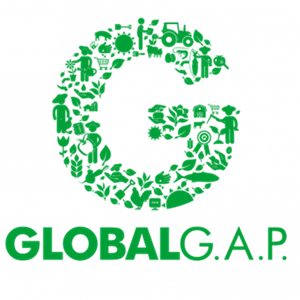
- Unwavering Commitment to Quality: At CAIE, quality is non-negotiable. Our garlic is cultivated on over 10,000 acres of company-owned farms in Jinxiang County and Weifang City, adhering to the highest international standards, including those of the European Union, Japan, and the U.S. From soil analysis and seed selection to green planting and harvesting, we maintain meticulous control over every stage of production to ensure exceptional quality and flavor consistency.
- Reliable Supply & Capacity: With our extensive farming operations, modern storage facilities exceeding 100,000 square meters, and a dedicated logistics team in the Weifang Free Trade Zone, CAIE guarantees a consistent and reliable supply of garlic to meet the demands of even the largest food processors. We offer flexible order sizes, competitive lead times, and the capacity to handle large-scale orders efficiently.
- Garlic Expertise & Customized Solutions: Backed by a team of agricultural experts and a foreign trade division with over 20 years of experience, CAIE provides unparalleled expertise in garlic varieties, forms, and their suitability for specific food processing applications. We work closely with our clients to understand their unique needs and develop tailored solutions, from sourcing specific garlic types to providing custom processing and packaging options.
- Sustainable & Ethical Sourcing: CAIE is committed to sustainable agriculture practices and ethical sourcing throughout our supply chain. We prioritize environmentally responsible farming methods, fair labor practices, and transparency in our operations. By choosing CAIE, you’re not only getting premium garlic but also supporting a company that aligns with your values.
- Partnership Approach & Customer Focus: At CAIE, we believe in building long-term partnerships with our clients based on trust, transparency, and mutual success. Our dedicated customer support team is always available to answer your questions, address your concerns, and provide ongoing support to ensure your complete satisfaction.
Unlocking Success in the Garlic Trade
Importing garlic for wholesale distribution is a journey filled with both challenges and rewards. It’s a dance that requires agility, market knowledge, and a deep appreciation for this pungent bulb that adds so much flavor to our world. By understanding the intricacies of sourcing, regulations, logistics, quality control, and market dynamics, you can navigate this flavorful industry with confidence and savor the sweet taste of success.
